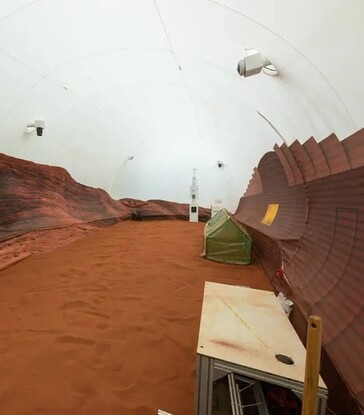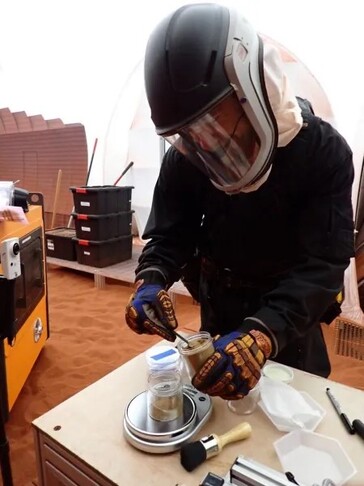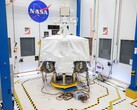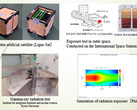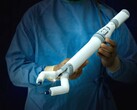NASA is accepting applications for the second CHAPEA mission crew. Starting in 2025, a 4-man crew will live inside Mars Dune Alpha, a simulated Mars surface habitat. They will conduct simulated missions over a year while faced with challenges to test their ability to survive.
Many interested in space exploration have wondered if it is possible for humans to live and survive on planets other than Earth. Differences in the amount of oxygen in the atmosphere, the availability of water and food, and the access to help are significant barriers. The great distances between earth and other planets means no outside help will be available.
The CHAPEA (Crew Health and Performance Exploration Analog) program will simulate living on Mars through three, one-year missions inside a 1,700 square foot, 3D-printed habitat. Bedrooms, bathrooms, a kitchen, and other areas are included. The 4-man crew will practice normal activities like making meals, exercising, and growing food while dealing with simulated challenges like equipment failure and repair. They will also conduct scientific research and go on missions outside their habitat.
Applications for CHAPEA mission 2 are open until April 2, 2024. Applicants must meet a long list of requirements, but in short, they must be between 30 to 35 years old and possess a STEM master’s degree. Free food, monetary compensation, and isolation from any other human are included for the year-long mission. The first CHAPEA mission 1 began on June 25, 2023, and the last CHAPEA mission 3 is planned for 2026.
Readers who wonder about life on Mars can watch movies like this at Amazon.
Source(s)
Martians Wanted: NASA Opens Call for Simulated Yearlong Mars Mission
NEWS PROVIDED BY NASA
16 Feb, 2024, 11:20 ET
WASHINGTON, Feb. 16, 2024 /PRNewswire/ -- NASA is seeking applicants to participate in its next simulated one-year Mars surface mission to help inform the agency's plans for human exploration of the Red Planet. The second of three planned ground-based missions called CHAPEA (Crew Health and Performance Exploration Analog) is scheduled to kick off in spring 2025.
Each CHAPEA mission involves a four-person volunteer crew living and working inside a 1,700-square-foot, 3D-printed habitat based at NASA's Johnson Space Center in Houston. The habitat, called the Mars Dune Alpha, simulates the challenges of a mission on Mars, including resource limitations, equipment failures, communication delays, and other environmental stressors. Crew tasks include simulated spacewalks, robotic operations, habitat maintenance, exercise, and crop growth.
NASA is looking for healthy, motivated U.S. citizens or permanent residents who are non-smokers, 30-55 years old, and proficient in English for effective communication between crewmates and mission control. Applicants should have a strong desire for unique, rewarding adventures and interest in contributing to NASA's work to prepare for the first human journey to Mars.
The deadline for applicants is Tuesday, April 2.
Crew selection will follow additional standard NASA criteria for astronaut candidate applicants. A master's degree in a STEM field such as engineering, mathematics, or biological, physical or computer science from an accredited institution with at least two years of professional STEM experience or a minimum of one thousand hours piloting an aircraft is required. Candidates who have completed two years of work toward a doctoral program in science, technology, engineering, and mathematics, completed a medical degree, or a test pilot program will also be considered. With four years of professional experience, applicants who have completed military officer training or a bachelor of science degree in a STEM field may be considered.
Compensation for participating in the mission is available. More information will be provided during the candidate screening process.
As NASA works to establish a long-term presence for scientific discovery and exploration on the Moon through the Artemis campaign, CHAPEA missions provide important scientific data to validate systems and develop solutions for future missions to the Red Planet. With the first CHAPEA crew more than halfway through their yearlong mission, NASA is using research gained through the simulated missions to help inform crew health and performance support during Mars expeditions.
Under NASA's Artemis campaign, the agency will establish the foundation for long-term scientific exploration at the Moon, land the first woman, first person of color, and its first international partner astronaut on the lunar surface, and prepare for human expeditions to Mars for the benefit of all.
For more about CHAPEA, visit:
www.nasa.gov/humans-in-space/chapea/
SOURCE NASA





